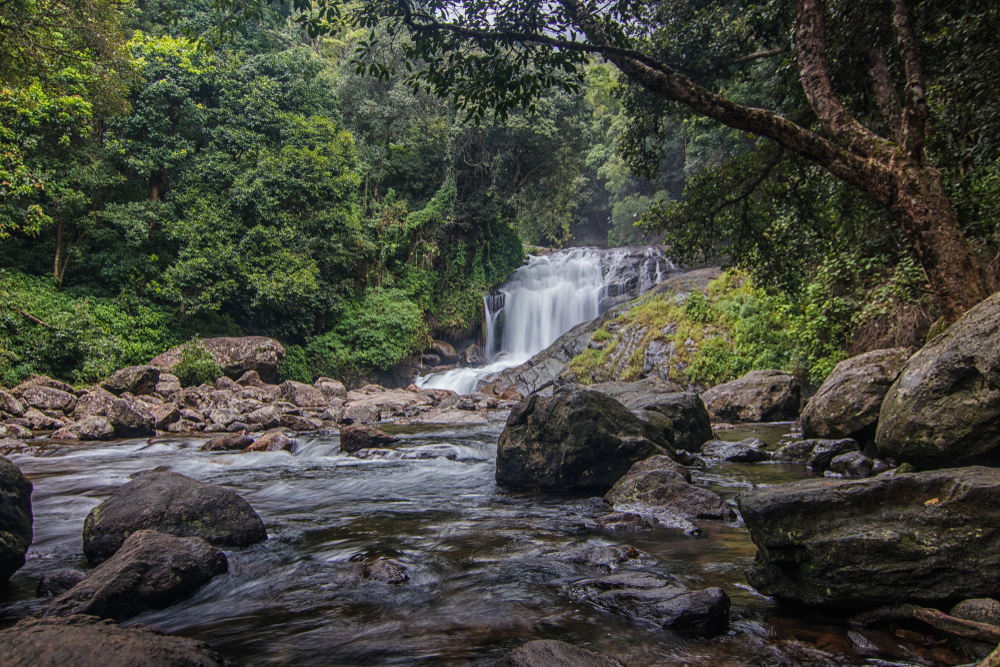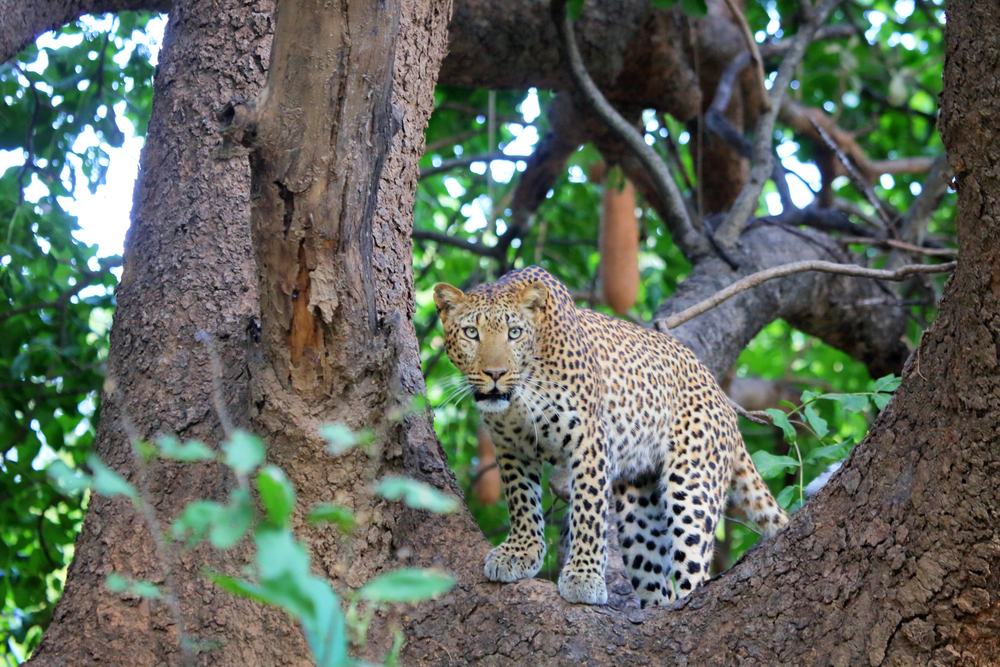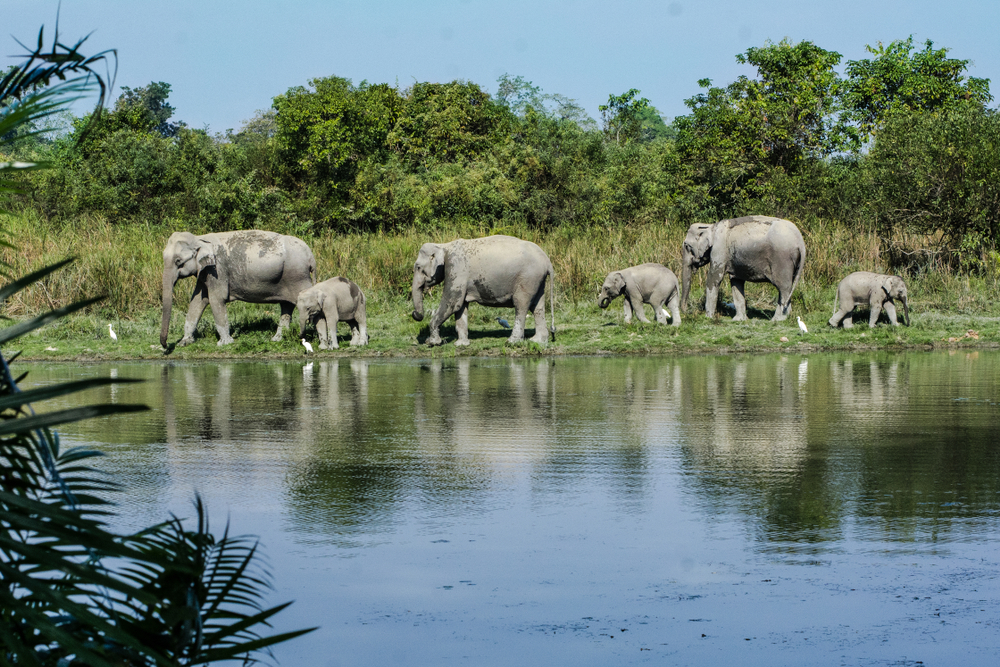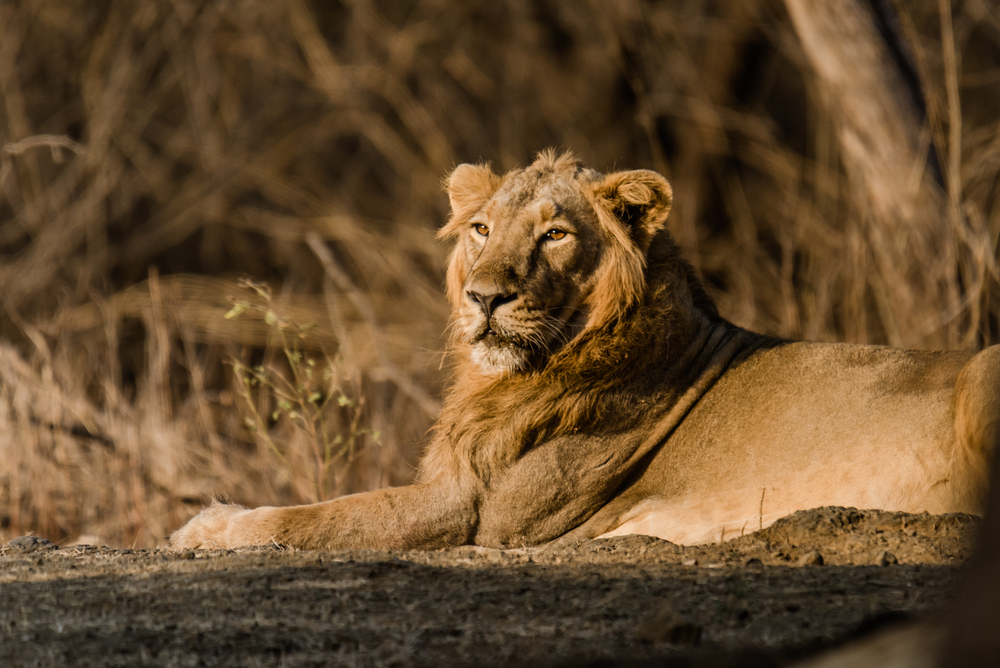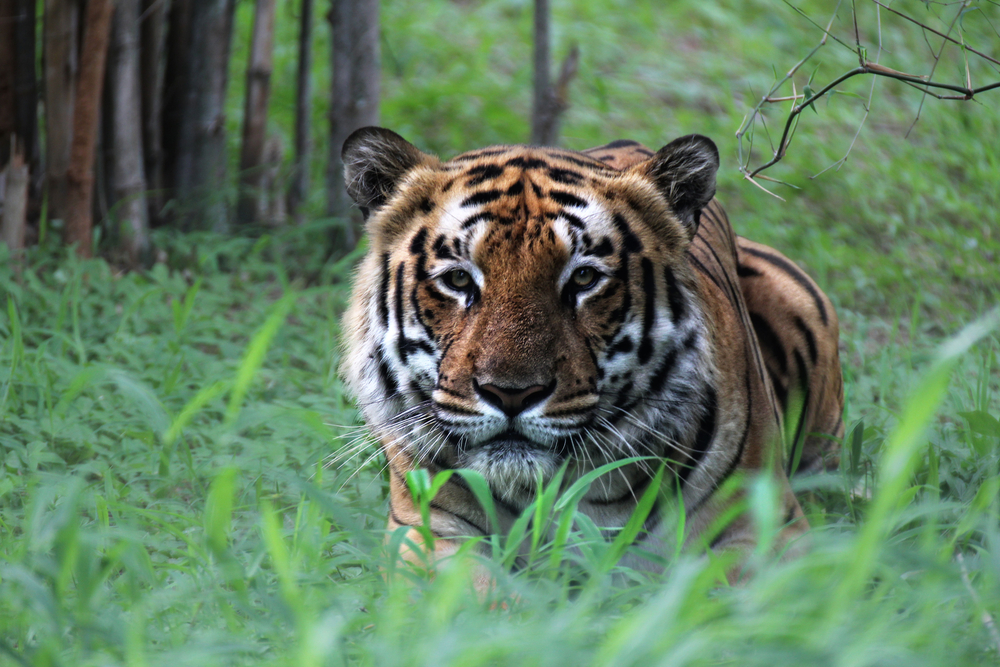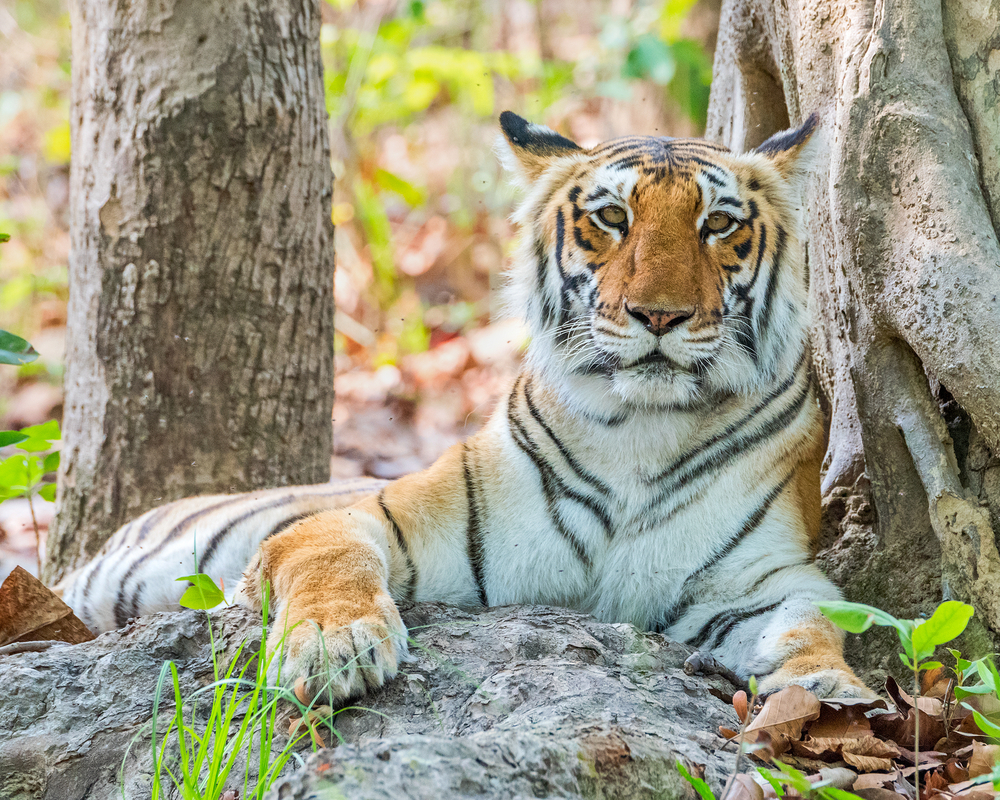Anamudi Shola Overview
Anamudi Shola National Park, locally known as “Anamudi Shola,” is a captivating protected area located in the Idukki district of Kerala, India. Spanning an area of approximately 7.5 square miles (19.4 square kilometers), it is part of the Western Ghats, a UNESCO World Heritage Site recognized for its exceptional biodiversity. The park derives its name from Anamudi, the highest peak in South India, situated nearby. Anamudi Shola National Park forms an integral part of the Anamalai sub-cluster of the Western Ghats and is renowned for its dense forests, rolling hills, and pristine ecosystems.
The park’s terrain is dominated by rugged hills, shola grasslands, and dense evergreen forests, creating a mosaic of habitats that support a wide variety of flora and fauna. The shola grasslands, interspersed with patches of stunted tropical montane forest, lend the park its unique identity. These high-altitude grasslands are interwoven with streams and small waterfalls, making the landscape exceptionally scenic. The cool and misty climate further enhances the ethereal beauty of this protected area, with key attractions like the cascading Thoovanam Waterfalls and the serene Pambar River flowing nearby.
Anamudi Shola National Park is a haven for wildlife enthusiasts and bird watchers. The park’s rich biodiversity includes several endemic and endangered species. Mammals like the Nilgiri tahr, Indian elephant, sambar deer, and gaur are commonly sighted, while smaller species such as leopards and jungle cats may occasionally make an appearance. The park is also home to several species of primates, including the lion-tailed macaque and the Nilgiri langur. Birdlife is abundant, with notable species like the Nilgiri flycatcher, black-and-orange flycatcher, and Malabar whistling thrush adding vibrant colors and melodious sounds to the environment. Rare reptiles and amphibians, along with a diverse array of insects and butterflies, further enrich the park’s ecosystem.
Among the popular highlights of Anamudi Shola National Park are its serene trekking trails and opportunities for nature walks, which provide visitors with an intimate glimpse of the region’s natural beauty. Trekkers often explore paths leading to Anamudi Peak or venture along the streams and waterfalls that meander through the park. Wildlife safaris, guided tours, and birdwatching expeditions are other common activities that allow visitors to engage deeply with the park’s flora and fauna.
The park faces several conservation challenges, including habitat degradation due to human encroachment, climate change, and pressures from tourism. However, significant efforts have been made to mitigate these challenges. The park is part of the broader Eravikulam National Park’s conservation initiatives, which have successfully safeguarded species like the Nilgiri tahr. Community involvement and sustainable tourism practices are being promoted to balance ecological preservation with visitor engagement.
Anamudi Shola National Park stands as a testament to the rich natural heritage of the Western Ghats. It offers an unparalleled experience for nature lovers, with its stunning landscapes, diverse wildlife, and tranquil environment.








































































